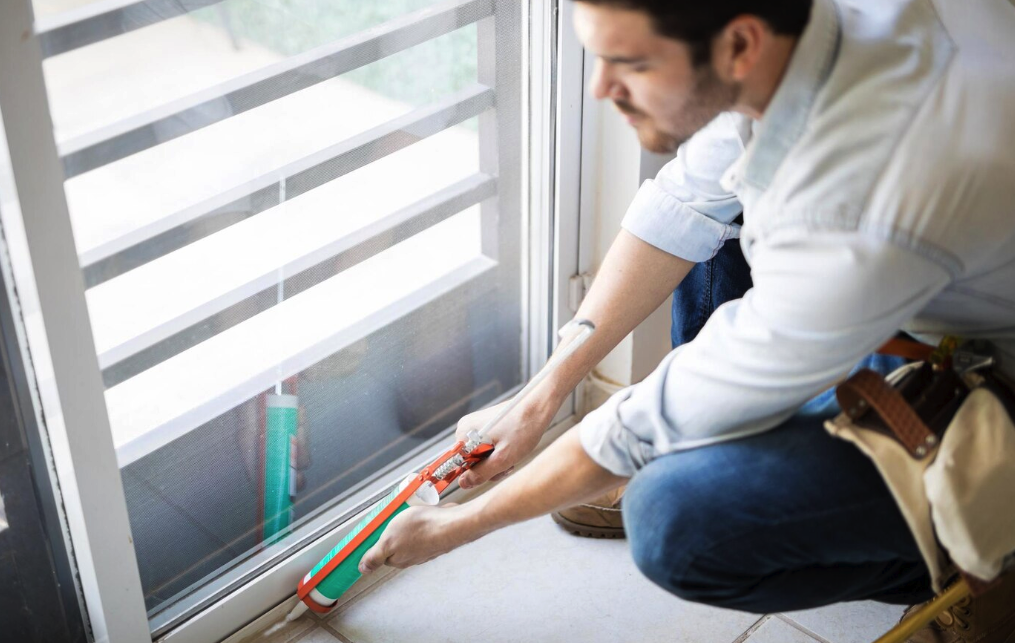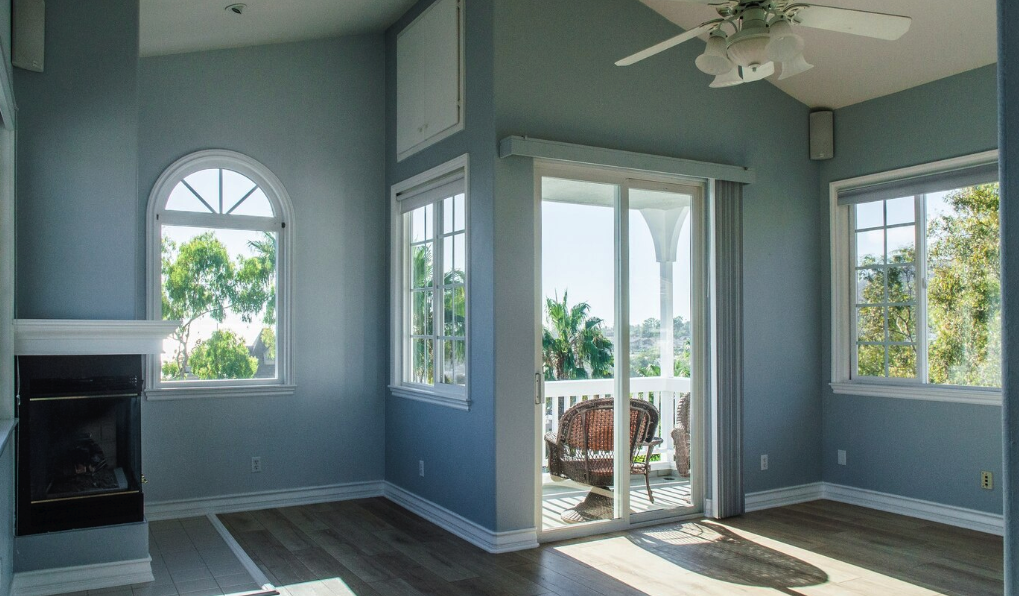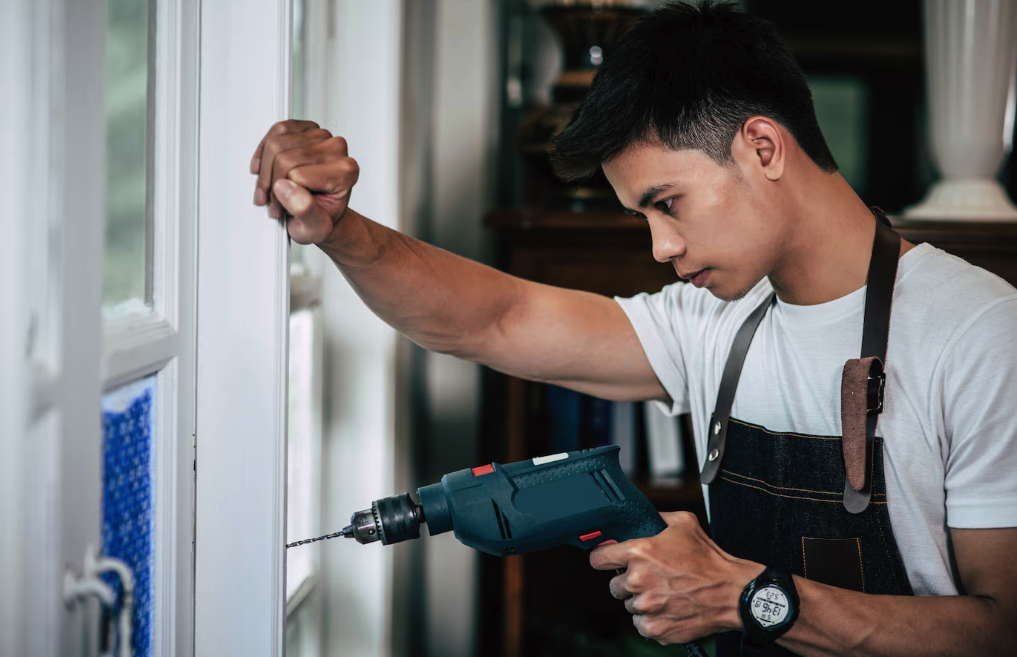Front window replacement doesn’t have to be complicated for homeowners looking to improve their homes. Windows are no longer just for light—they’re key to comfort, safety, and savings. The front window, especially, affects how your home looks and how well it keeps in heat or cool air.
However, replacing a front window can feel confusing. There are materials, styles, costs, and measurements to consider. That’s why this guide walks you through it all step by step. Whether you’re upgrading for style or efficiency, this makes the process easier to handle.
Know When It’s Time to Replace

To start, knowing the signs of a failing window is important. Older windows often bring more trouble than value. Also, signs are not always obvious. A window might look fine but still waste energy or let in drafts.
Here’s when replacement makes sense:
- Drafts near the window even when closed
- Rotting or cracked frames
- Foggy glass from seal failure
- Hard-to-open or stuck windows
- Rising energy bills
So, if you notice one or more of these issues, a new window could solve them and improve comfort.
Choose the Right Type of Window
Not all front windows are the same. Each type has a different look, function, and cost. Your choice depends on your home style, budget, and how much airflow or sunlight you want.

Common window types for the front of a home:
- Picture window: Large, fixed glass—no opening. Best for views and light.
- Double-hung: Both top and bottom sashes move. Classic and easy to clean.
- Casement: Hinged on the side and opens outward. Good for airflow.
- Bay or bow: Extends out from the home. Adds space and curb appeal.
In addition, modern windows often come with energy-saving glass. That means better insulation and lower energy costs year-round.
Measure Correctly Before You Buy
Before buying, measuring the window opening is key. A wrong size leads to leaks, gaps, or added costs. So, take three measurements for width and height—top, middle, and bottom. Use the smallest numbers to order your window.
Also, note the depth of the wall to make sure the new frame will fit. If unsure, consider hiring a window specialist for a free consultation. After all, good measurements lead to a perfect fit and smooth install.
Pick the Best Material for Your Frame
Window frames come in different materials. Each has pros and cons for durability, cost, and maintenance.
Here are the main options:
- Vinyl: Low-cost and energy efficient. No painting needed.
- Wood: Beautiful and classic, but needs regular upkeep.
- Fiberglass: Strong, weather-resistant, and long-lasting.
- Aluminum: Slim and modern but less insulated than others.
Also, many frames come in colors and finishes to match your home. Choose one that balances style, strength, and ease of care.
Decide: DIY or Hire a Pro?

Replacing a window can be a weekend project—or a bigger task than expected. If the frame is in good shape and you’re handy, DIY may be possible. Kits and step-by-step guides are widely available.
Still, for most homeowners, hiring a licensed installer saves time and stress. They’ll ensure a weather-tight seal and proper fit. As a result, a pro install may cost more up front but offer long-term savings and fewer headaches.
Plan for Cost, Permits, and Timing
Window replacement costs vary. It depends on size, material, and labor. Typically, a front window replacement costs between $300–$1,200. Custom designs or bay windows may be higher. Also, some cities require permits for window changes—especially if structural changes are involved.
Here’s how to stay on track:
- Get 2–3 quotes from local pros
- Ask about permits and timelines
- Check for rebates on energy-efficient upgrades
- Schedule for mild weather if possible
In short, a little planning helps avoid delays and surprise costs.
Conclusion
In summary, replacing your front window doesn’t have to be overwhelming. With the right plan, you can improve your home’s comfort, value, and curb appeal. Start by spotting the signs that it’s time for an upgrade. Then choose the best window type, take careful measurements, and decide how to install. With smart choices and simple steps, your front window replacement can be smooth and stress-free.
